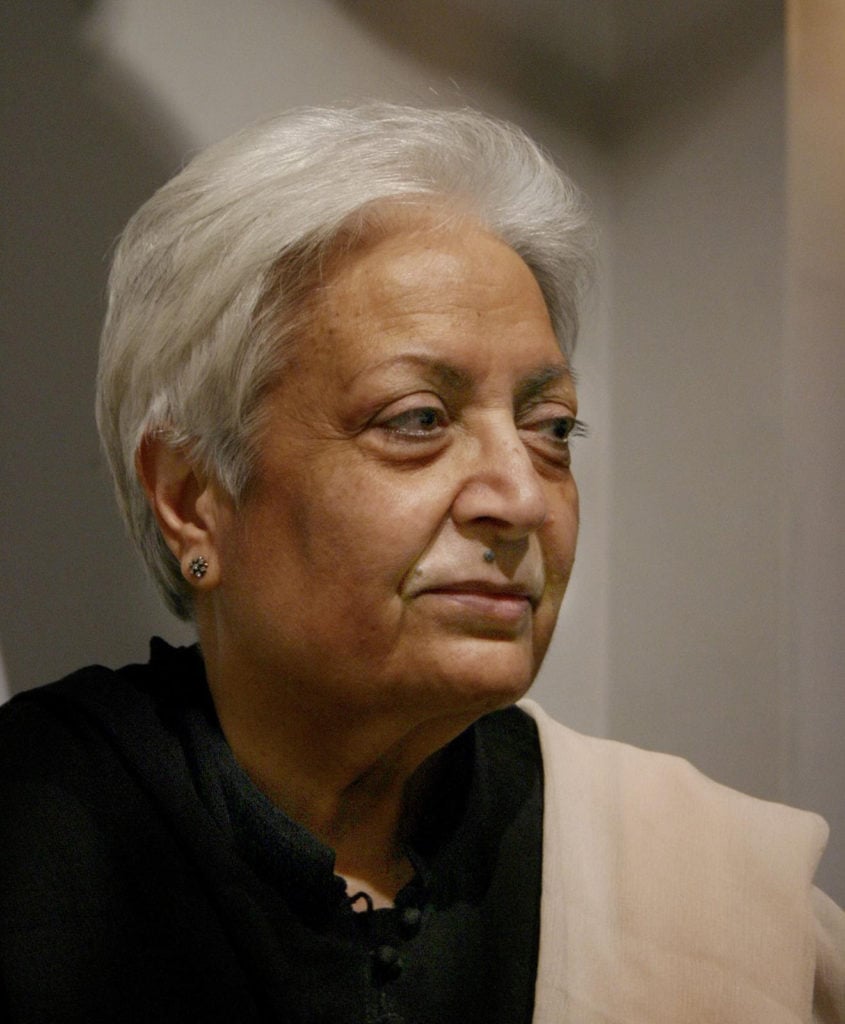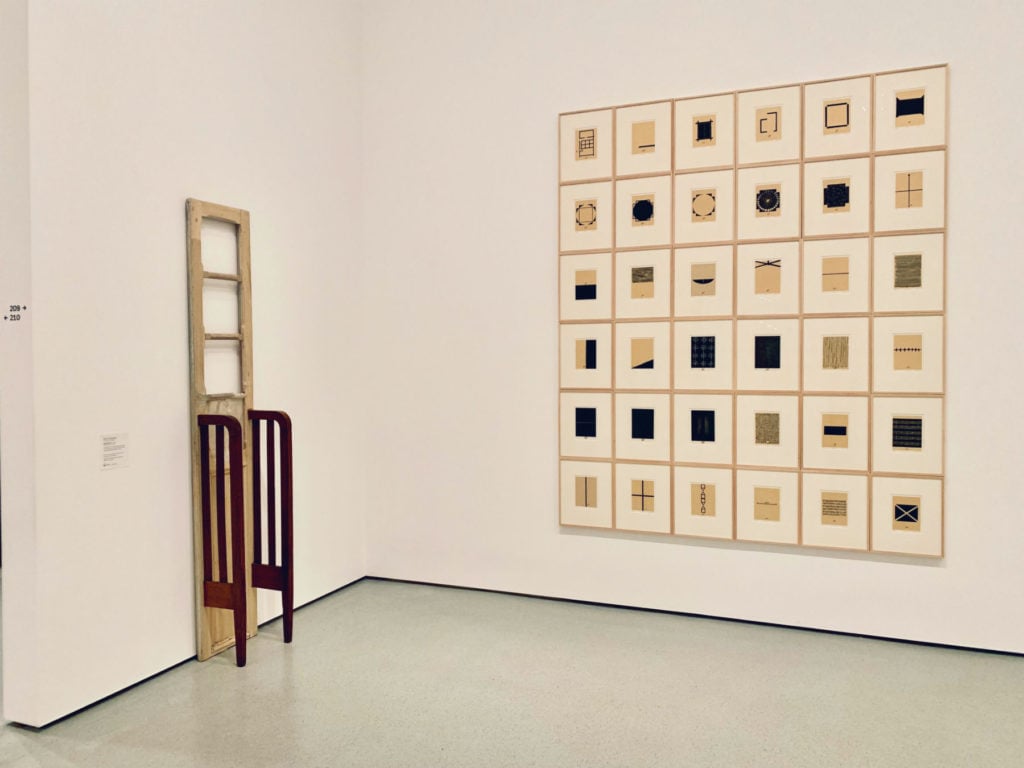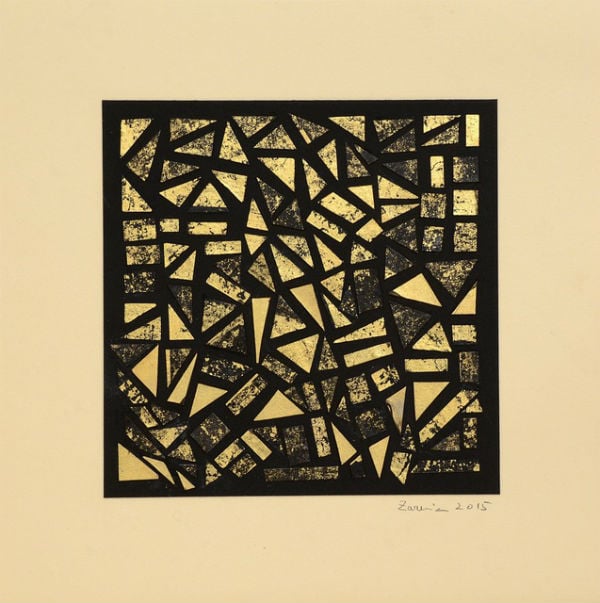People
Zarina, the Indian Artist Who Chronicled Her Peripatetic Lifestyle in Delicate Prints, Has Died at 83
The artist passed away after a long illness Saturday in London.

The artist passed away after a long illness Saturday in London.

Taylor Dafoe

Zarina, an artist whose elegant works on paper ruminated on her elusive relationship to the concept of home, has died.
The news was first reported by the Hindustan Times, which explained that the Indian-born artist passed away Saturday, April 25 in London after a “long illness.” She was 83.
Though Zarina largely lived in New York for the last four and half decades of her life, she didn’t consider the city her home. She likened her identity to that of a perpetual exile, saying once, “I do not feel at home anywhere, but the idea of home follows me wherever I go.”
This sense of deracination featured in much of her work, including her 1999 series of minimalist prints, “Home is a Foreign Place,” which was a highlight of the new permanent collection installation of the Museum of Modern Art’s contemporary art galleries last year.

Zarina, Home is a Foreign Place (1999) to the right of Doris Salcedo’s
Widowed House IV (1994). Photo: Ben Davis.
In 1947, Zarina and her family were among the several million Muslims displaced to Pakistan in the Partition of India. After that, she embraced a peripatetic lifestyle, living for stints in Bangkok, Delhi, Paris, Bonn, Los Angeles, and Tokyo, before moving to New York in 1975. Topographical silhouettes of five of these locations were featured in Zarina’s 2010 portfolio of woodblock prints on handmade Nepalese paper, “Cities I Called Home.”
Long an admired figure in feminist art circles, Zarina garnered more universal appreciation over the last decade. In 2011, she was one of four artists chosen to represent India at the 54th Venice Biennale—the country’s first pavilion. A well-regarded retrospective of her work, “Zarina: Paper Like Skin,” opened at the Hammer Museum in Los Angeles a year later and travelled both to the Guggenheim Museum and the Art Institute of Chicago.
Another survey of the artist’s career, “Zarina: Atlas of Her World,” opened last fall at the Pulitzer Art Foundation in St. Louis in September 2019, closing just this February. The artist’s work is included in the collections of the San Francisco Museum of Modern Art, the Whitney Museum of American Art, the Solomon R. Guggenheim Museum, and the Metropolitan Museum of Art, among others.

Zarina Hashmi, Untitled (2015). Courtesy of Gallery Espace.
Zarina, whose full name was Zarina Hashmi but preferred to go only by her given name, was born in 1937 in Aligarh, India. At 21, she married a diplomat whose work moved the couple around the world. The artist was able to study printmaking in Paris with Stanley William Hayter at the famed art school Atelier 17, and in Tokyo with artist Toshi Yoshida.
She returned to India for six years starting in the late 1960s, then settled in New York in 1976 and decided to remain there after her husband died unexpectedly in 1977. Zarina quickly became part of New York’s feminist art community. She was a member of the Heresies collective of feminist artists and activists and edited the group’s short-lived but influential journal.
A master printer, Zarina also worked in sculpture and poetry. Across each medium her output was marked by a sense of seriality, minimalist repetition, and an abstracted sense of place.

Zarina, Cities I Called Home (2010). Courtesy of Luhring Augustine.
“Zarina’s was a quest of individuality,” curator Uma Nair told India’s Economic Times, “one that has grown out of her own meditative moorings, one that has refused to be bogged down by time and one that has found its own artistic integrity because of its silent intensity. Her life embodied that signature.”